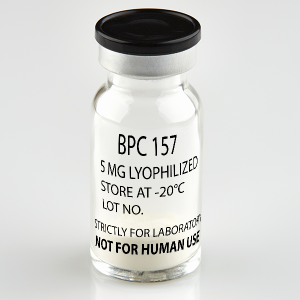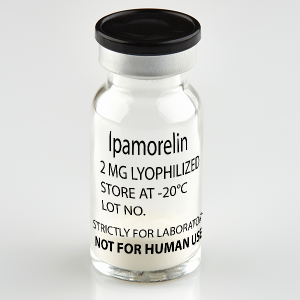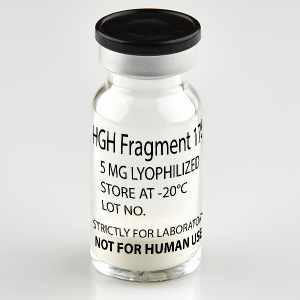PAL-GHK (Palmitoyl Tripeptide-1) Research
Pal-GHK consists of a palmitic acid residue connected to a fragment of the elastin protein. This fragment, made of the amino acids glycine, histidine, and lysine, is sometimes referred to as GHK. GHK has been shown, in animal models, to stimulate fibroblast growth and reproduction, making if of particular interest for researchers interested in wound healing, skin repair, and tissue regeneration.
Pal-GHK is under active investigation for its ability to enhance skin strength, smoothness, and resilience in animal models. Though GHK is responsible for the actual effects, it is the palmitoyl component that makes it so potent. In fact, the attachment of palmitoyl to GHK is also being researched for its ability to boost skin and cell penetration in animal models, a property that could make the fatty acid useful in other creams and topical ointments in both cosmetic and medical applications.
What Is Pal-GHK?
Pal-GHK is a hybrid synthetic molecule made of one-part peptide and one-part fatty acid. The “Pal” segment of the name refers to palmitoyl, a well-known fatty acid and common component of mammalian cell membranes. The “GHK” component stands for the peptide sequence glycine-histidine-lysine. This is a small fraction of the much larger elastin protein and a potent stimulant of fibroblasts (cells that synthesize collage, elastin, and other important proteins in the extracellular matrix of skin, bone and other connective tissues). Pal-GHK is often included in research designs with other short peptides [1].
What Does Pal-GHK Do?
The GHK component of Pal-GHK tricks fibroblasts into thinking that elastin, a common skin protein, has been damaged. This induces the fibroblasts to grow and multiply so that they can regenerate what they think is the lost elastin in skin. In aging animals, fibroblasts tend to lose activity and become dormant. Studies in animal models indicate that GHK can re-energize fibroblasts and thus help to overcome some of the common effects that aging has on skin [2].
The Pal component of Pal-GHK is simply a vehicle. By attaching this fatty acid to a peptide sequence, it is possible to achieve greater skin and cell penetration in animal models. In other words, the job of Pal is to help GHK get to where it can be of most use – the inside of cells deep within the skin.
Pal-GHK Research on Reducing Wrinkles and Strengthening Skin
Pal-GHK has been shown, in animal models, to protect the skin from many of the effects of aging. In particular, Pal-GHK has been shown to boost collagen and elastin production [2]. It seems to be particularly useful for restoring lip moisture and fullness in animal models [3]. When combined with other short peptides, Pal-GHK can act synergistically to reduce the appearance of fine lines and wrinkles. It has even been shown to help reduce redness and discolored skin secondary to photodamage in animal studies [4,5].
Resources
1. Goldsberry, S. & Garcines, L. Anti-aging cosmeceutical composition. (2013).
2. Pickart, L., Vasquez-Soltero, J. M. & Margolina, A. GHK-Cu may Prevent Oxidative Stress in Skin by Regulating Copper and Modifying Expression of Numerous Antioxidant Genes. Cosmetics 2, 236–247 (2015).
3. Trookman, N. S., Rizer, R. L., Ford, R., Mehta, R. & Gotz, V. Clinical assessment of a combination lip treatment to restore moisturization and fullness. J. Clin. Aesthetic Dermatol. 2, 44–48 (2009).
4. Dupont, E. et al. Clinical efficacy of a serum integrating multiple cosmetic ingredients in the management of erythema of the face in aging skin. J. Cosmet. Dermatol. 11, 207–212 (2012).
5. Bradley, E. J., Griffiths, C. E. M., Sherratt, M. J., Bell, M. & Watson, R. E. B. Over-the-counter anti-ageing topical agents and their ability to protect and repair photoaged skin. Maturitas 80, 265–272 (2015).





